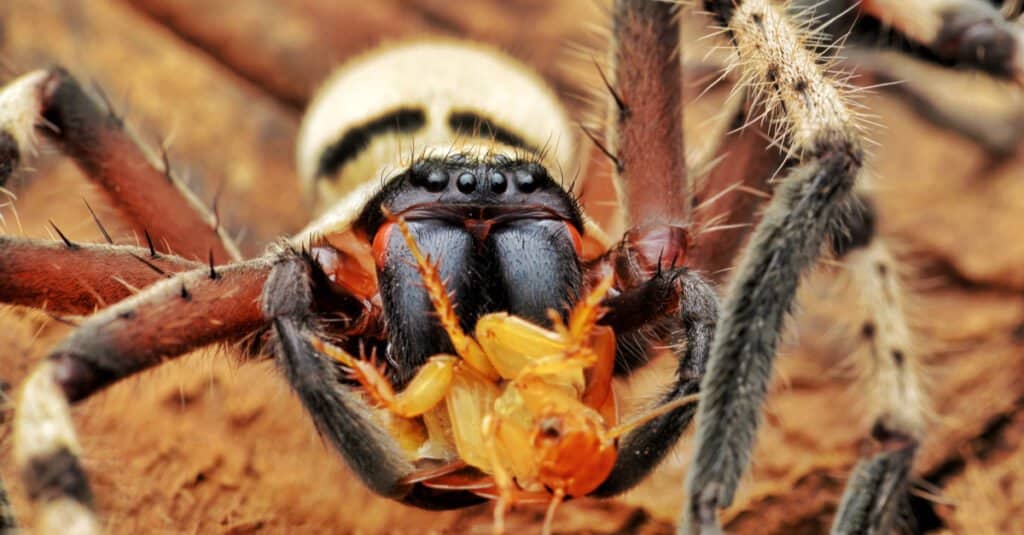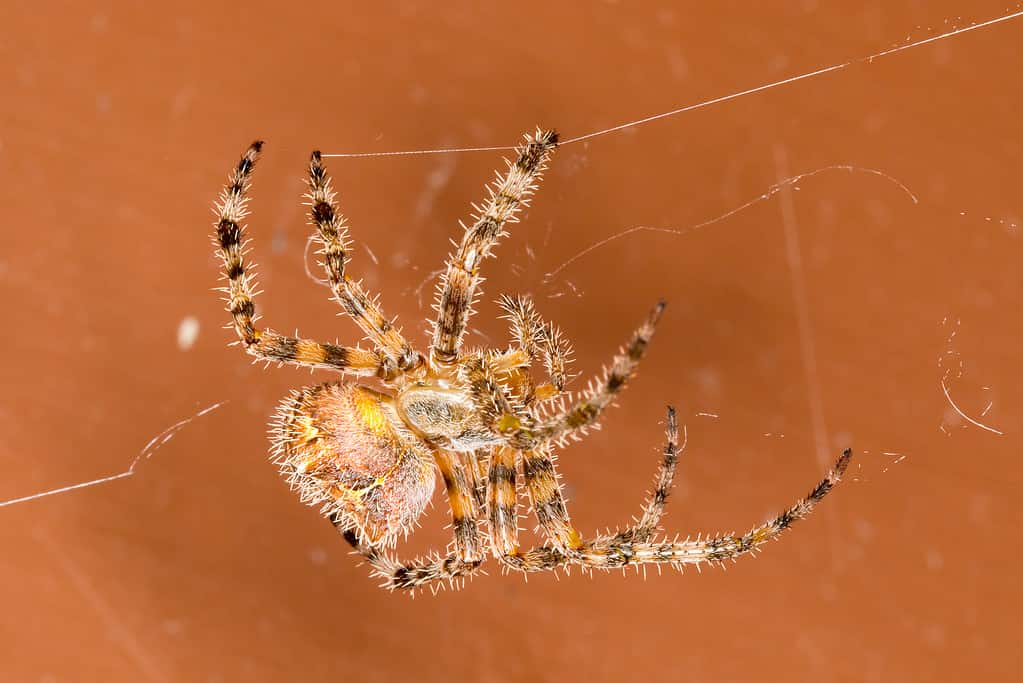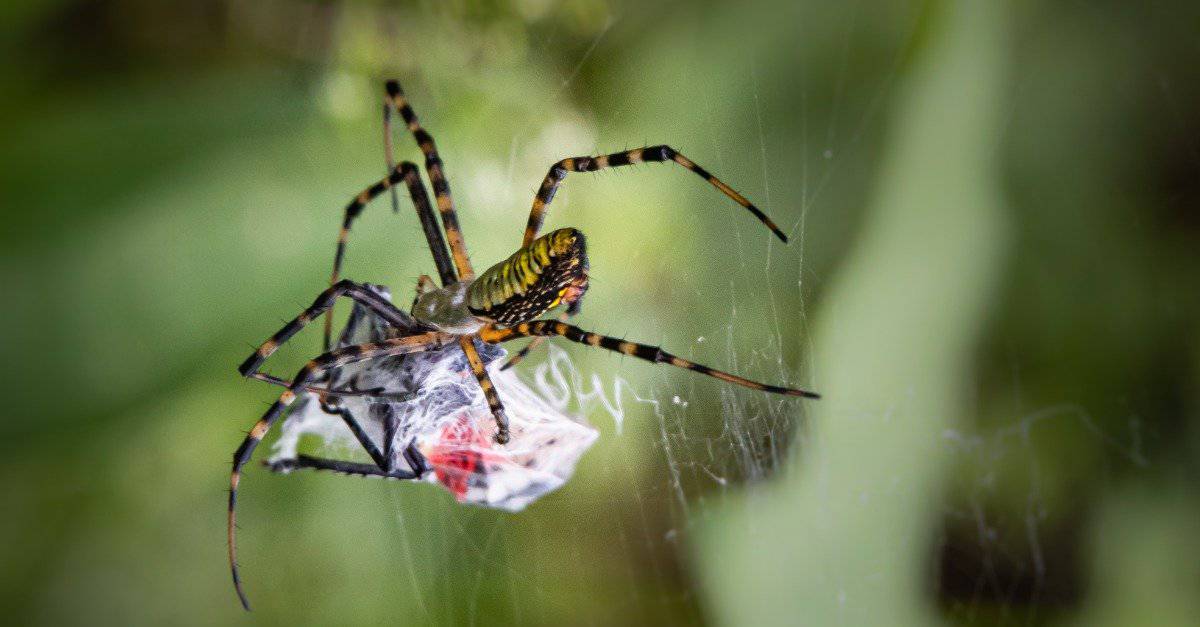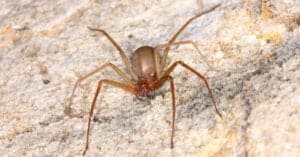In this shocking video, an orb weaver spider traps two desirable prey in its web. The video describes the spider as a “barn spider,” also known as an orb weaver spider. The orb weaver uses its silk web to wrap a bee and a fly in a tight cocoon. After trapping the prey, the orb weaver goes in for the kill, nibbling on the unlucky victims.
Check Out The Entire Video Below!
First, the video shows a bee in a web being wrapped up by the spider. The helpless bee becomes entangled in the orb weaver’s web in a matter of seconds. Without an escape, all the bee can do is wait for its fate. The spider wraps the bee meticulously and quickly; clearly, the orb weaver is experienced in catching prey.
Afterwards, the orb weaver wraps its second prey: the fly. Just like the bee, the fly is caught in the spider’s web with no escape route. Once again, the quick orb weaver wraps up the fly in a silk cocoon. The orb weaver then strategically moves the wrapped fly to the center of its web. The spider begins feeding on the bee and fly mercilessly. The true nature of the predator and prey relationship is evident in this spider’s weaving and wrapping process.

Watch an orb weaver spider carefully wrap its prey for feeding.
©Kras_Stock/Shutterstock.com
How Do Spiders Catch Their Prey?
Spiders capture prey in two distinct ways. Some spiders grab prey with their legs and hold it still. As the prey sits motionless, the spider feeds on the insect. Other spiders may weave webs, which trap prey that fly into them. From there, the spider wraps its prey in silk or traps the prey by placing thick bands of silk over it. Once the prey is trapped, the spider can begin to feed.
Some spiders that tightly wrap their prey may eat later, as the wrapping method preserves the insect for feeding. In addition, venomous spiders may inject venom into prey, which paralyzes the insect and breaks down bodily tissues. Spiders may also regurgitate digestive fluids onto prey, which breaks down tissues and turns the prey into a liquified meal.

Some spiders, like the
huntsman spider
, use their legs to catch and hold down prey as they feed.
©Niney Azman/Shutterstock.com
Overview of Orb Weaver Spiders
Orb weaver spiders typically feed on small insects that become caught in their web, including bees or flies. However, larger members of the species may eat larger prey, such as frogs and hummingbirds, that become entangled in their web. These spiders are found throughout much of North America, including countries like Canada and the United States. The habitat of orb weavers includes any structure that can support a web, both man-made and natural. Some examples of these structures include light fixtures, beams, bushes, and tree branches.

Various orb weaver spider subspecies exist, like the Texas orb weaver spider.
©Elliotte Rusty Harold/Shutterstock.com
Thank you for reading! Have some feedback for us? Contact the AZ Animals editorial team.








